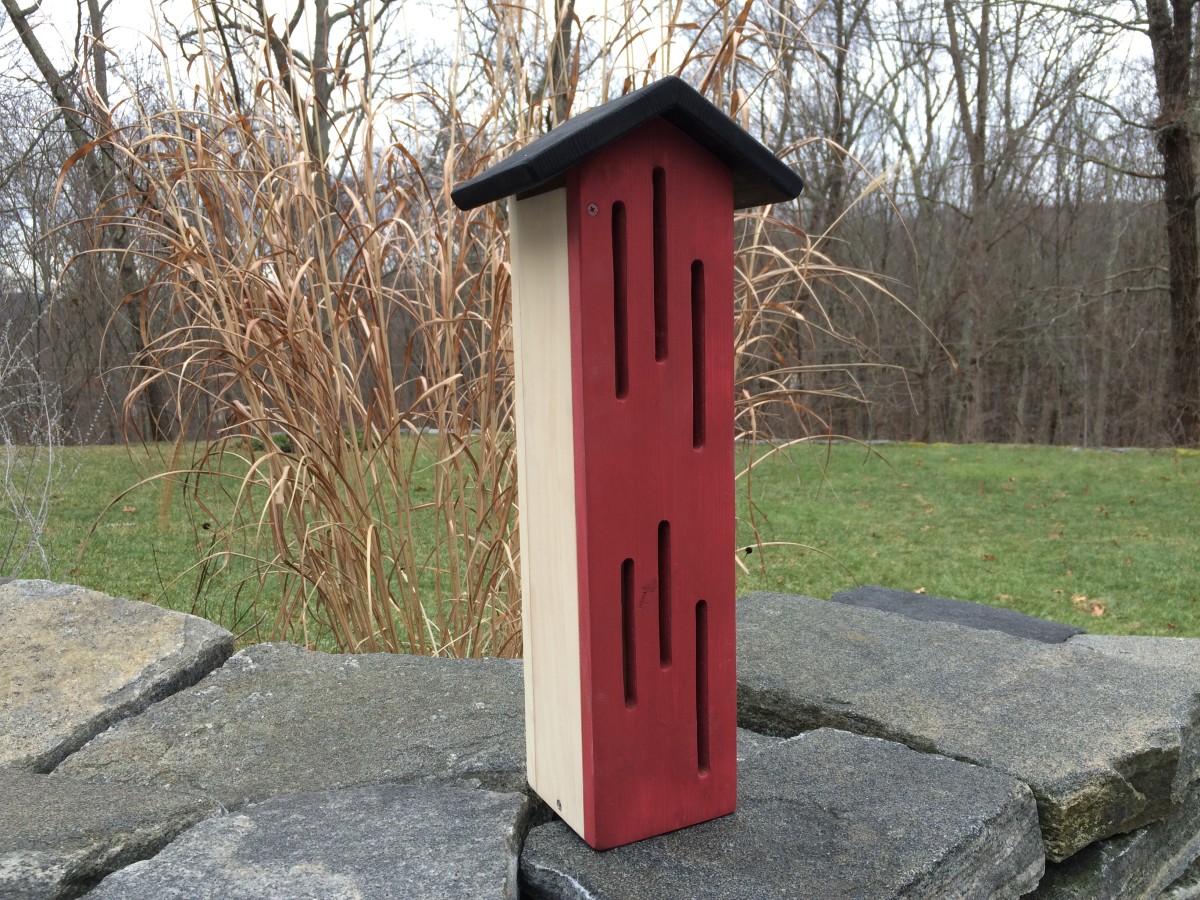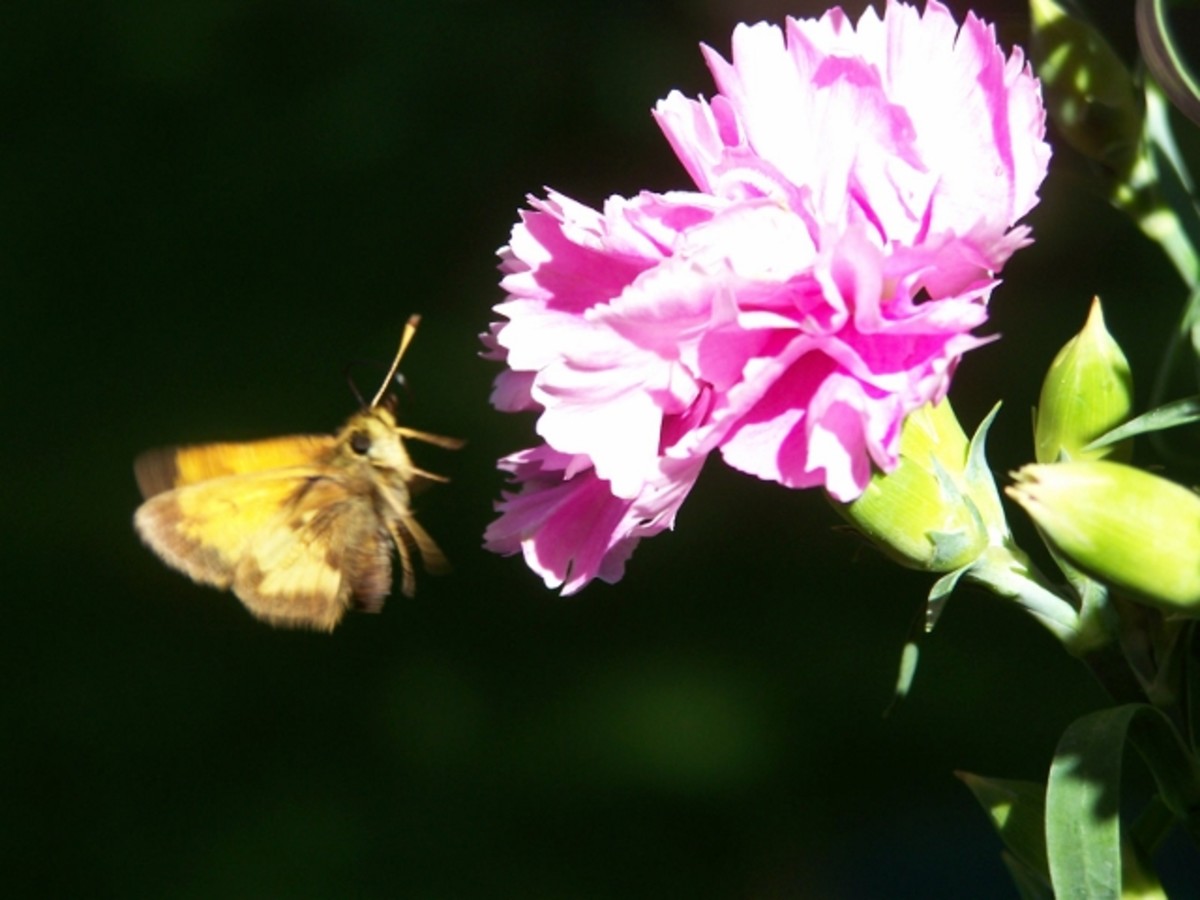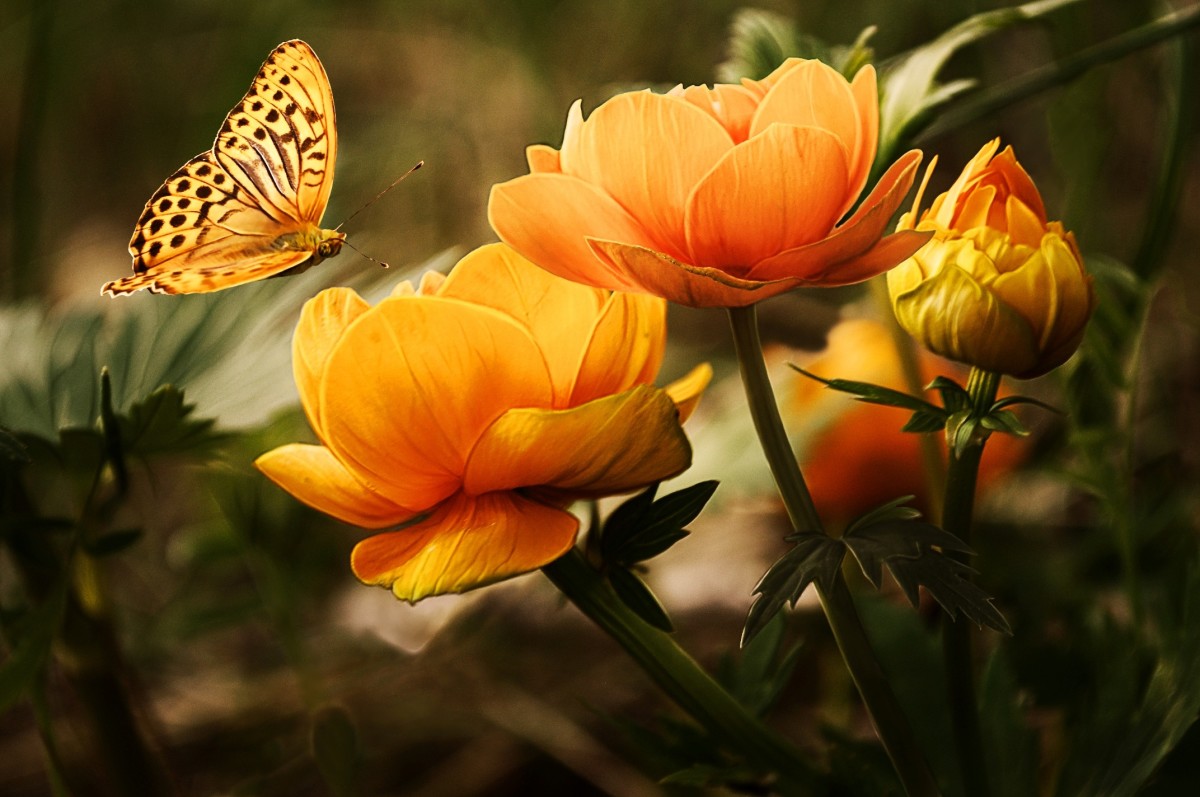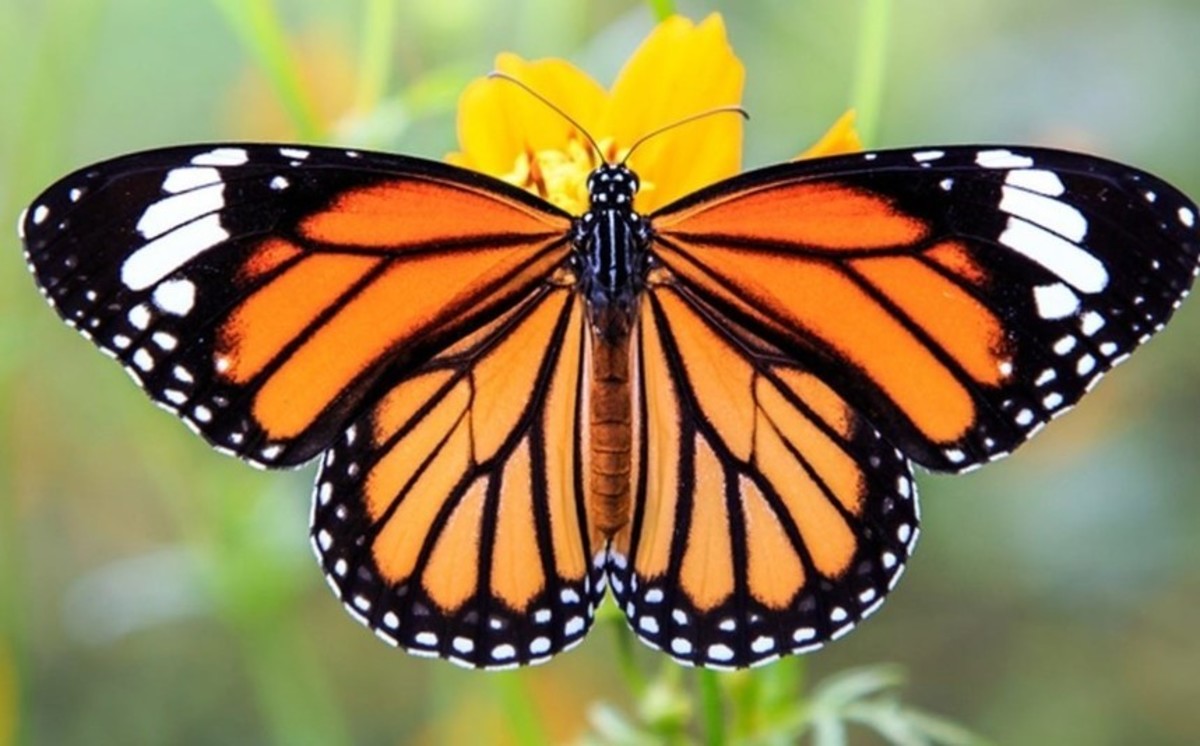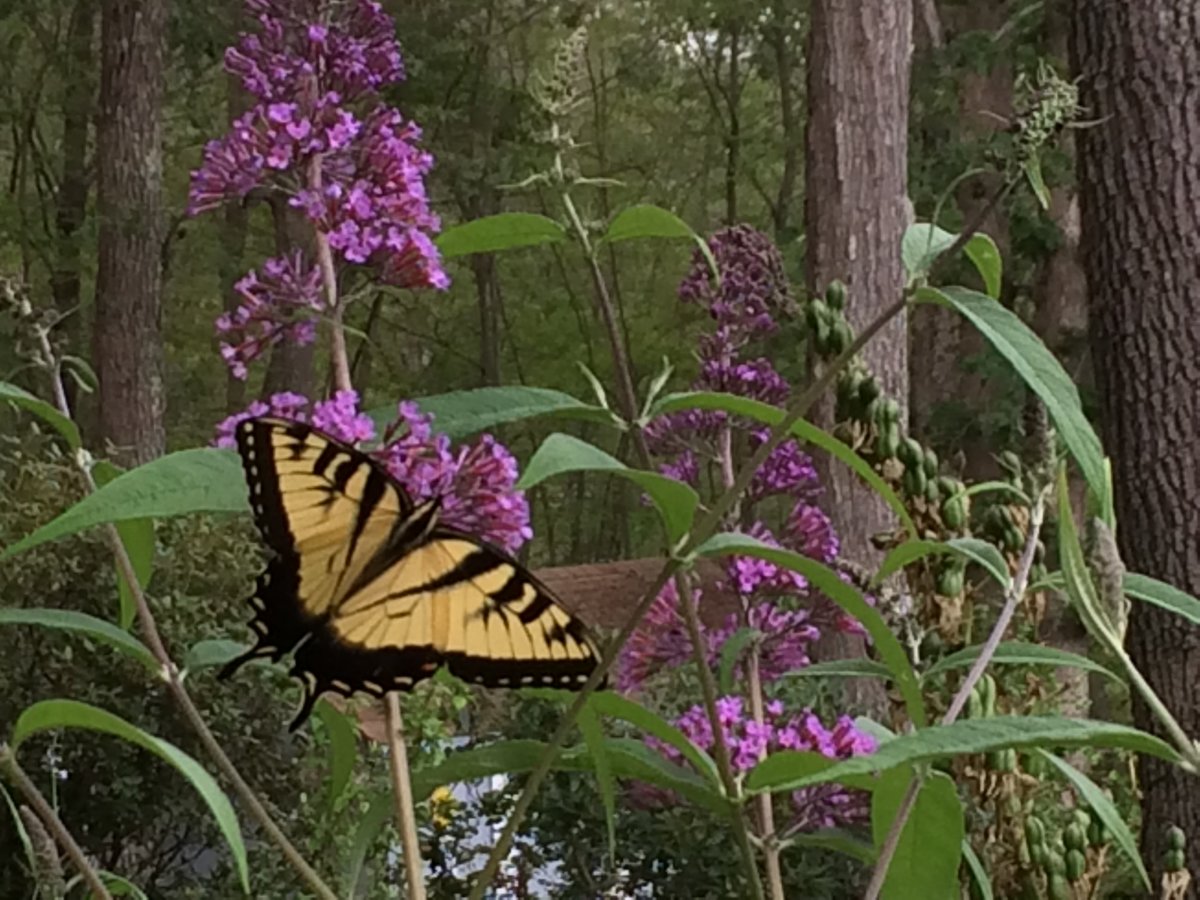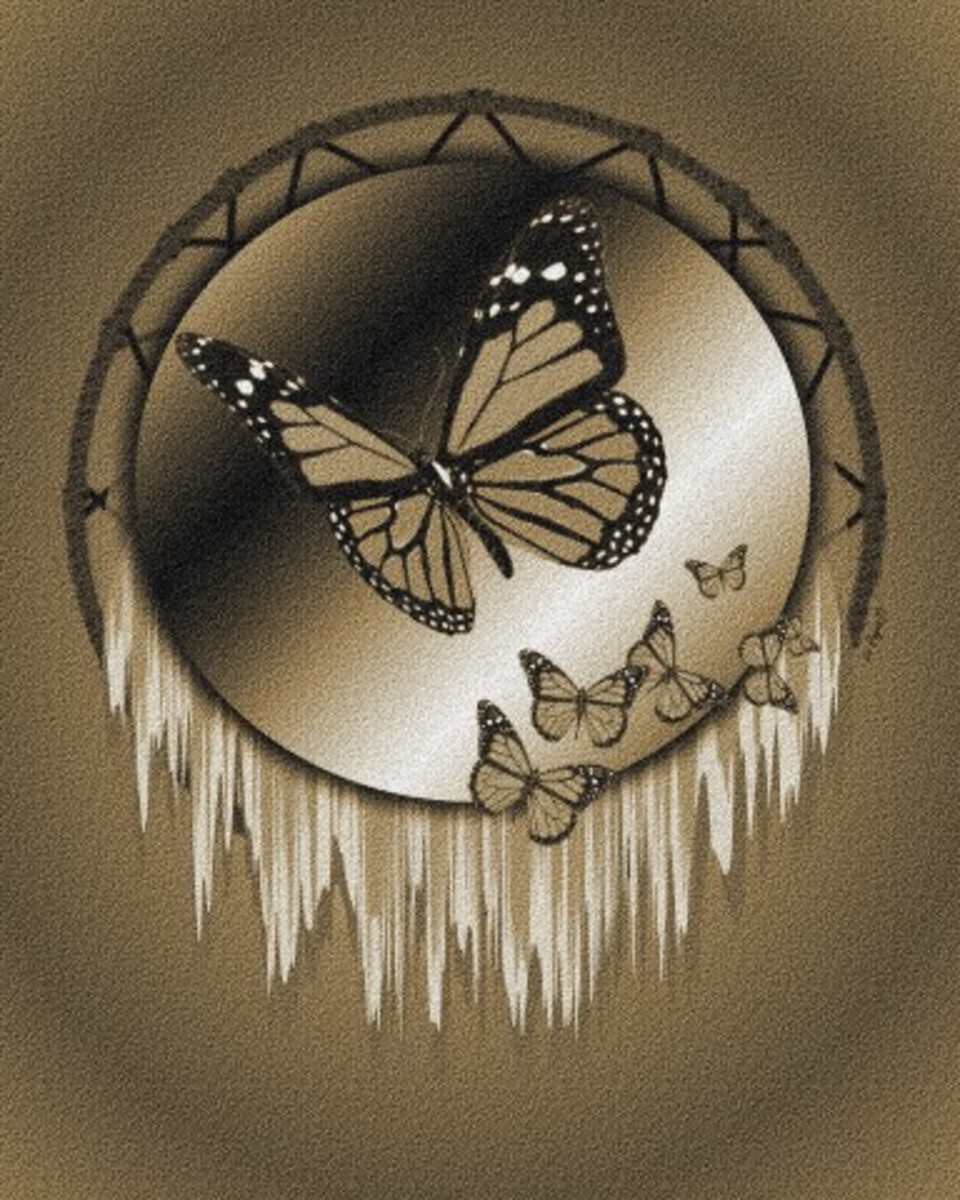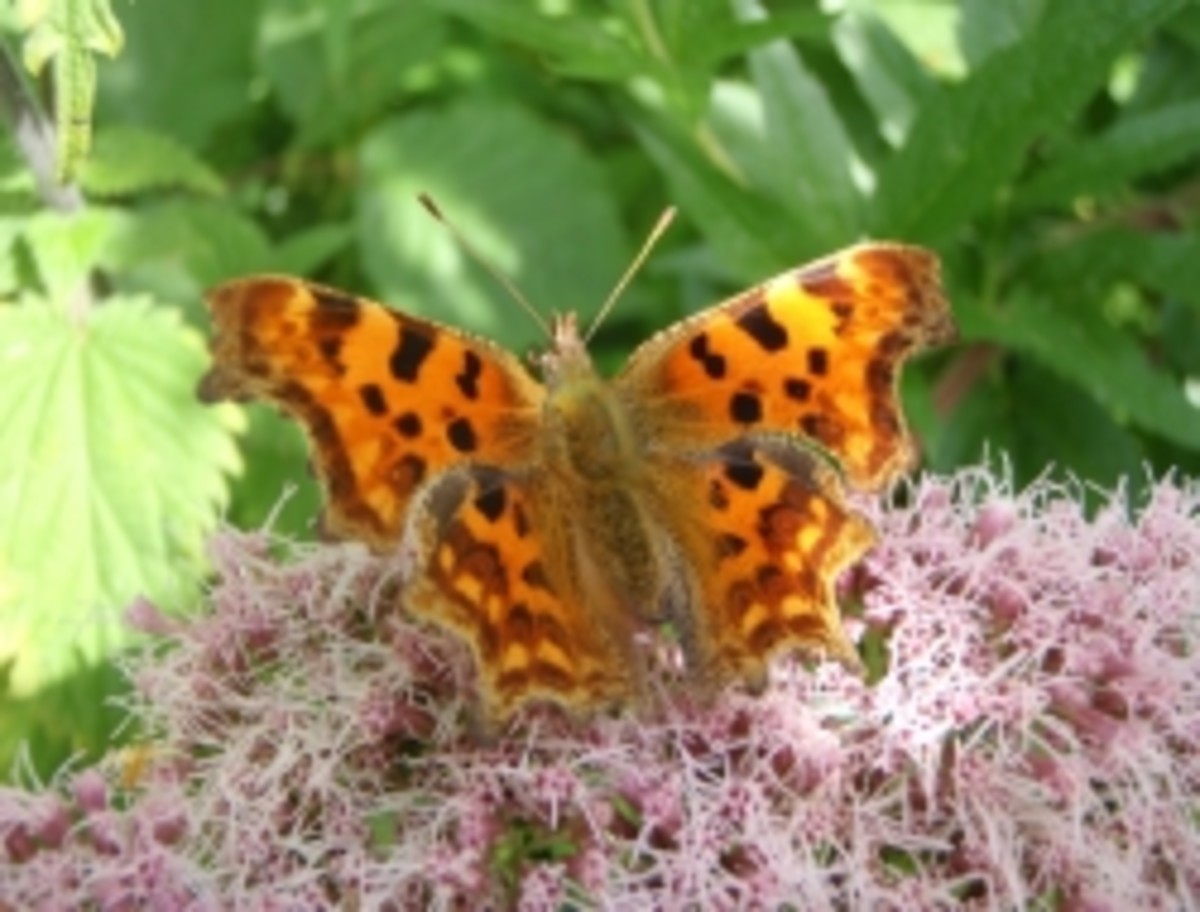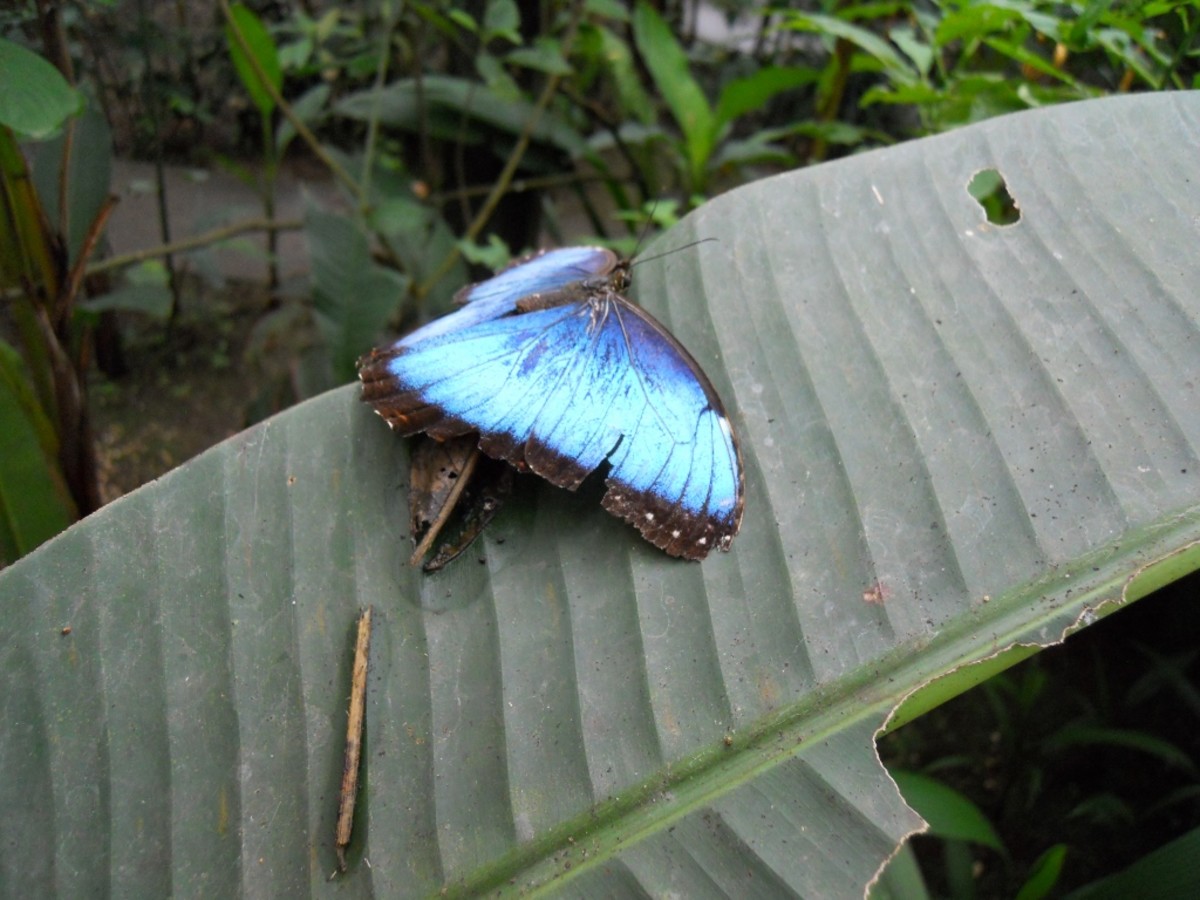- HubPages»
- Education and Science»
- Life Sciences»
- Entomology»
- Insects & Bugs
Gardening With Wildlife: Attracting Butterflies
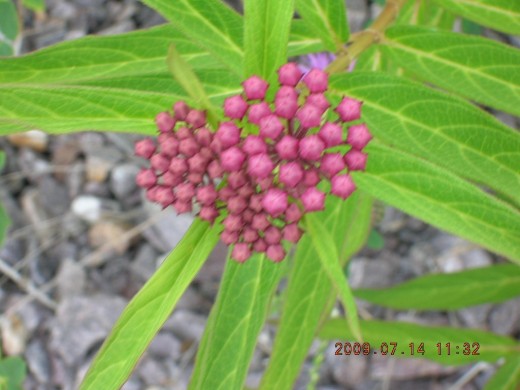
By Mirna Santana
Attracting butterflies to your garden is rather easy in terms of the plant selection. You can plant annuals, perennials, or herbs. Anything from grasses and weedy patches to shrubs, trees and vines. Habitats such as prairies and wet prairies, wetlands and all sizes of native gardens are particularly welcoming to butterflies--and can help with their conservation.
The more type of habitats and plants species favored by butterflies that you are able to add, the more butterfly guest you may have. Please include some plants favored by endangered or threatened species, because house gardens can act as natural corridors for butterflies.
As a feature you will notice that the plants that are preferred by butterflies have a flower or influorescence (group of flowers) that resembles a landing structure.These plants flowers are many times as attractive as their butterfly pollinators. Imagine all sort of colors from humble daisies and margarites, to attractive gay feathers, purple cone flowers. And the best you may even eat your plants, the parsley family (fennel, parsley) are favorite of shallowtail caterpillars.
Some butterflies live in groups/gregarious while others are solitary. Among the most notorious gregarious butterflies are the Monarchs that travel from North to South America and feed on a particular family of plants the milkweeds (Apocynacea family in the genus Asclepias sp.).Among the solitary are species of skyppers that are attracted to grasses (e.g., bluegrass, bermuda grass, panic grass and sedges). The examples I am giving here are for USA, Midwest--but may apply to other areas.
The gardeners clubs, seed sellers, DNR agencies, and local clubs can provide advice or even give you seeds or offer opportunities for you to join efforts to increase the populations of endanger butterfly species. Here Prairie Frontier a supplier of wildflower seeds--there are many--has compiled a list of the threatened and endangered butterfly species and their plants http://www.prairiefrontier.com/pages/butterflies/endangered.html
To learn about the best plants to attract butterfly visitors consult your local Department of Natural Resources (DNR), the local herbarium and garden clubs provide some guidance as well. Local public and University libraries and botanical garden may also provide some resources for starters. Peter Briant at UC-Irvine has compiled a great photographic collection of butterflies and their larval food plants. http://nathistoc.bio.uci.edu/bflyplnt.htm
"We glory...in them [butterflies]. Watching the Leonard's skipper to dab its russet in a blazing star. The sipper sails away with beauty in its wake, for like the honey bee, it pollinates the blossoms, as it loots their nectar pots, thus assuring fruits, seeds and blooms to come" --Tory Peterson.
Butterflies not only grace us with their beauty but they also provide a service to the plants as pollinators.Pollinators are animal dispersal agents that carry plant pollen from one plant to another. Pollinators help to bring the pollen that carries the 'male-like' portion of the plant to the femenine-like part of a flower (pistile/gynecium) that contains ovules thus increasing the probability for fertilization. If all the process goes on, the fertilized flowers will produce fruits that contain the seeds of the future for a given plant. Seeds in turn, are dispersed by animals, wind, water or humans- and when a seed sprout, that tiny plant contains the genes/or information from its parent to grow and attract butterflies.
Butterflies existed way before us. Insects the group butterflies belong to have been on planet Earth for approximately 200 millions years. Insects were the first animals to fly!
Butterflies have captivated humans probably since our first days on earth. They are colorful, the seem to execute beautiful dances with their gracious and delicate bodies. There are some small and inconspicuous butterflies--but there are others colorful ones full of magnificence. And there are the large ones with colors that to our eyes appear to be iridescent but are no more than a trick to our minds. They dress with all sort of disguises to dismiss their predators 'pretending to be' some poisonous pals', or perhaps something on the background (a leaf, a rock, the bark of a tree). Some don't display anything--appearing be transparent while others display 'giant' like eyes to appear why not scary!
So fun those flying fairies the butterflies!
How do you help then? By planting the food for their caterpillar, or by providing the plants they have been known to hang around. While some butterflies are generalist and can feed in a variety of plants, most have narrower diets.You may also need to provide a water source for your new flying friends. A patch of weedy or even a bare muddy spot also helps, because butterflies need salts and minerals from the soils. If you are rather very high in the aesthetic side, you may need a 'chew section' or movable pots in your garden for the voracious caterpillars--and a separate section for the flowering/adult butterfly interactions. If you notice, nature doesn't really care. Plants that are chewed tend to produce new leaves and you can harvest the old ones.
You may be interested in buying a caterpillar or butterfly field guide, a small guide to the flowering plants of your region and a sac of optimism! Peterson field guides have been my favorites, but there a variety of guides in the market. With time, you may even make your own butterfly notebook.
Plant these fairies favorite plants to feed them on--and wait for the magic to happen!
I thank the HubMob crew for thinking about animals as a subject for this week mobs. You could see more topics about animals and suggestions for writing your hub at the HubMob forum. http://hubpages.com/forum/topic/70269
I have a strong interest in restoration of native habitats and ecosystems. Gardens could be tiny microcosms that serve as home/refugia for many species we coexistic with! The planet appreciates your efforts providing home & food for other species!
I invite you to see my hub about wetland restoration http://hubpages.com/hub/Why-Restoring-and-Protecting-Wisconsin-Wetlands-Matters
Note: Lantana, passion fruits (maracuya), are also favored by certain butterflies. Butterfly caterpillars tend to have narrow preferences for plant species or plant families. Adult butterflies show more preference for floral structures, but seek the plants needed by the caterpillar to lie the eggs. In the absence of flowers, sponges soaked in a sugar solution; while leaves of the preferred species can be used to grow butterflies in captivity for future release.
© 2011 MSantana

